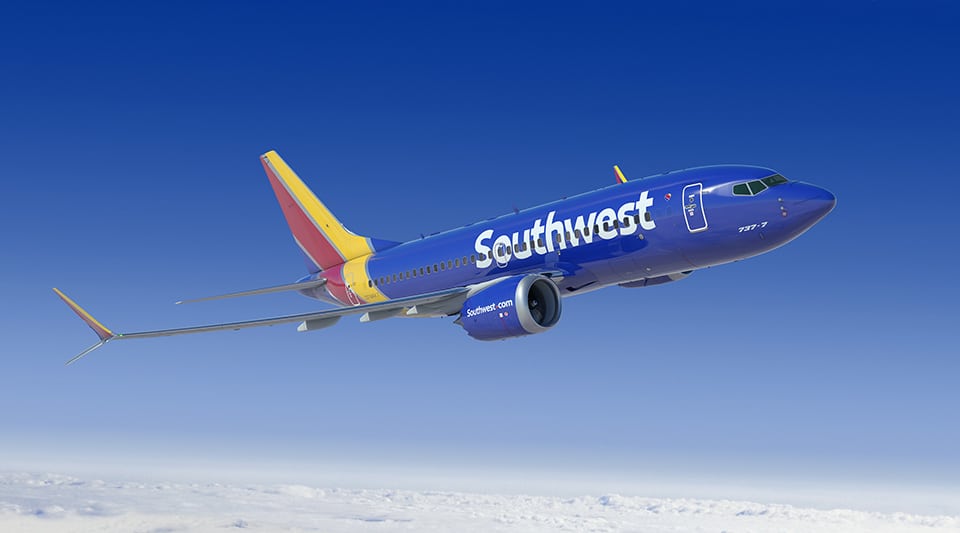NTSB Issues Final Report On Southwest 1380 Accident
The NTSB has published the final report on Southwest Flight 1380, whose left-side CMF56 engine suffered a failure that led to one fatality in April 2018. While the NTSB has already called for action following the engine on this 737 Next Generation, its final report closes the investigation and emphasizes how it was a piece of the cowling, and not the failed first-stage fan blade, that penetrated the fuselage.
In its analysis, it says the board determined “the probable cause of this accident was a low-cycle fatigue crack in the dovetail of fan blade No. 13, which resulted in the fan blade separating in flight and impacting the engine fan case at a location that was critical to the structural integrity and performance of the fan cowl structure. This impact led to the in-flight separation of fan cowl components, including the inboard fan cowl aft latch keeper, which struck the fuselage near a cabin window and caused the window to depart from the airplane, the cabin to rapidly depressurize, and the passenger fatality.”
As for the fan blade and the associated inspection process itself, the NTSB said that “metallurgical examinations of the fractured fan blade found that the crack had likely initiated before the fan blade set’s last overhaul in October 2012. At that time, the overhaul process included a fluorescent penetrant inspection (FPI) to detect cracks; however, the crack was not detected for unknown reasons. After an August 2016 FBO event involving another SWA 737-700 airplane equipped with CFM56-7B engines, which landed safely at Pensacola International Airport, Pensacola, Florida, CFM developed an eddy current inspection (ECI) procedure to be performed at overhaul (in addition to the FPI that was already required). An ECI has a higher sensitivity than an FPI and can detect cracks at or near the surface (unlike an FPI, which can only detect surface cracks).”
Prior to publishing this final report, the NTSB called for Boeing to determine the critical fan-blade impact locations on the fan cowl and redesign it to better handle a blade separation and to push those changes to all new 737 Next Generation aircraft as well as retrofitting all aircraft in the field.
Boeing To Compensate Southwest For MAX Damages
Southwest Airlines announced on Thursday that it has reached a compensation agreement with Boeing to cover some of the projected financial damages related to the grounding of the Boeing 737 MAX. Along with the rest of the MAX fleet, Southwest’s 34 MAX aircraft have been out of service since March 2019 following the fatal crashes of Lion Air Flight 610 and Ethiopian Airlines Flight 302. The terms of the company’s agreement with Boeing have not been made public, but the airline’s board has authorized an incremental profit-sharing accrual for Southwest employees estimated at around $125 million.
“Our People have done an incredible job managing through the MAX groundings, while providing the highest levels of Customer Service and one of the best operational performances in our history,” said Southwest CEO Gary Kelly. “On behalf of the Southwest Board of Directors, we are grateful to our Employees for their extraordinary efforts throughout the year and are pleased to share proceeds from our recent agreement with Boeing.”
According to the airline, its discussions with Boeing regarding compensation for MAX-related damages are ongoing and will remain confidential. Southwest said it expects to see “substantially all” of the compensation as a reduction in cost on both existing and future firm aircraft orders. No return-to-service date for the MAX has been announced and the aircraft is currently off of Southwest’s schedule until March 6, 2020.





Ingen kommentarer:
Legg inn en kommentar
Merk: Bare medlemmer av denne bloggen kan legge inn en kommentar.